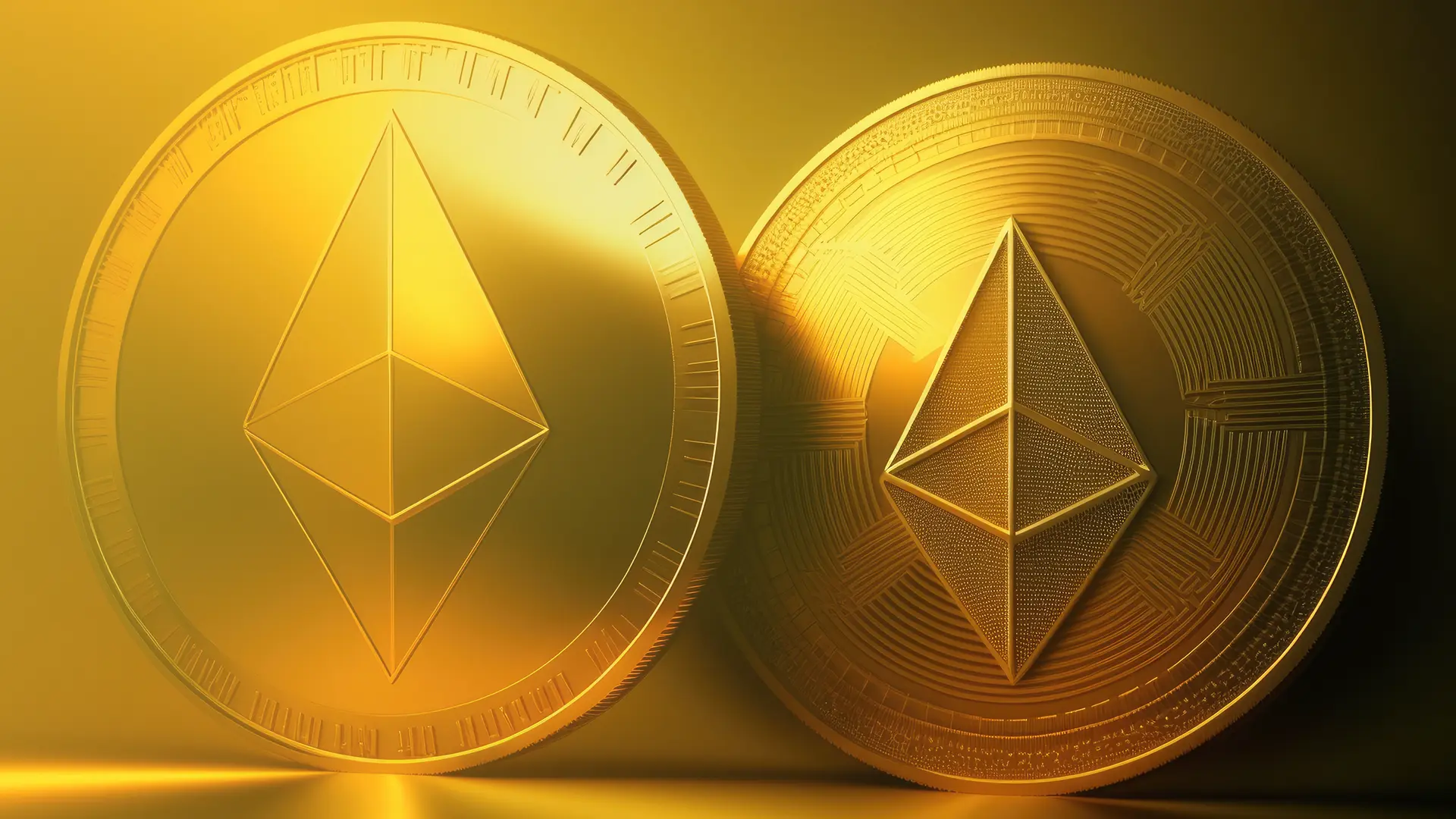A Brief History of Ethereum’s Price
Ethereum was proposed by Vitalik Buterin in late 2013 and went live on July 30, 2015. Initially priced at around $0.30 per Ether (ETH), its value saw modest growth in its early years. However, the crypto boom of 2017 catapulted Ethereum into the spotlight. By January 2018, ETH reached an all-time high of approximately $1,400.
After the 2017 boom, Ethereum, like other cryptocurrencies, experienced a significant downturn during the 2018 crypto winter, with prices falling below $100 by December 2018. The market began recovering in 2019, and by 2020, ETH’s price had started to rise steadily again.
The DeFi (Decentralized Finance) explosion in 2020 and the subsequent interest in NFTs (Non-Fungible Tokens) in 2021 further boosted Ethereum’s price, driving it to a new all-time high of around $4,800 in November 2021. Since then, Ethereum’s price has fluctuated, reflecting broader market trends and specific developments within the Ethereum ecosystem.
Factors Influencing Ethereum’s Price
1. Market Demand and Speculation
The most immediate driver of Ethereum’s price is market demand. As with any asset, increased demand drives prices up, while decreased demand causes them to fall. Speculation plays a significant role here, with traders buying and selling based on anticipated future movements.
2. Technological Developments
Upgrades and improvements to the Ethereum network directly impact its price. Ethereum’s transition from a Proof of Work (PoW) to a Proof of Stake (PoS) consensus mechanism, known as Ethereum 2.0, is a major development. This upgrade promises to improve scalability, security, and energy efficiency, which has positively influenced market sentiment.
3. Regulatory News
News related to cryptocurrency regulation worldwide can significantly affect Ethereum’s price. Positive regulatory developments can lead to price increases, while restrictive regulations or bans can cause prices to drop.
4. Adoption and Usage
The extent to which Ethereum is adopted for real-world applications, such as smart contracts and decentralized applications (dApps), influences its value. High-profile partnerships, successful dApps, and increasing transaction volumes contribute to Ethereum’s utility and, consequently, its price.
5. Macro-Economic Trends
Broader economic trends, including inflation rates, interest rates, and geopolitical events, can also affect Ethereum’s price. For instance, during times of economic uncertainty, investors might turn to cryptocurrencies as a hedge, potentially driving up prices.
Future Outlook for Ethereum’s Price
Predicting the future price of Ethereum is challenging due to the volatile nature of cryptocurrencies. However, several factors suggest a positive outlook:
1. Continued Development and Upgrades
The Ethereum network’s ongoing upgrades, including the full implementation of Ethereum 2.0, are expected to enhance its performance and attract more users and developers. This could lead to increased demand and higher prices.
2. Growing DeFi and NFT Markets
The expansion of DeFi and NFT markets, both of which largely operate on the Ethereum network, is likely to sustain demand for ETH. As these sectors grow, so too should the value of the underlying asset.
3. Institutional Adoption
Increasing interest from institutional investors could provide a more stable and sustained source of demand. Large financial institutions and corporations investing in Ethereum could lend it more credibility and drive up prices.
4. Regulatory Clarity
As governments and regulatory bodies develop clearer frameworks for cryptocurrency, the resulting regulatory clarity could reduce uncertainty and attract more investors to Ethereum.
Conclusion
Ethereum’s price has experienced significant highs and lows since its launch, reflecting the dynamic nature of the cryptocurrency market. Influenced by a mix of technological advancements, market demand, regulatory news, and broader economic trends, Ethereum’s price is a barometer of its evolving role in the digital economy. While future price movements are inherently unpredictable, the continued development of the Ethereum network and growing adoption of blockchain technology suggest a promising future for this pioneering cryptocurrency.
FAQs
1. What is the highest price Ethereum has ever reached?
Ethereum reached its all-time high of approximately $4,800 in November 2021.
2. What factors affect Ethereum’s price?
Key factors include market demand, technological developments, regulatory news, adoption and usage, and macro-economic trends.
3. How does Ethereum 2.0 impact the price?
Ethereum 2.0 aims to improve the network’s scalability, security, and energy efficiency, which can boost market confidence and drive up the price.
4. Why is Ethereum important for DeFi and NFTs?
Ethereum is the primary platform for DeFi and NFT projects due to its robust smart contract capabilities and large developer community.
5. Can Ethereum’s price be predicted accurately?
Predicting Ethereum’s price accurately is challenging due to the volatile nature of cryptocurrencies and the influence of numerous unpredictable factors.
